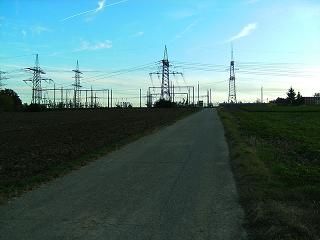Singapore commits $25m to boost energy storage technologies
The government in Singapore has announced a $25m boost to improve the stability and resiliency of the country's power grid

The government in Singapore have announced a $25 million boost for clean energy and energy efficiency.
The second Minister for Trade and Industry and Home Affairs, S Iswaran, announced that the funding will go towards the development of energy storage and related technologies.
The government is aiming for the funding to strengthen the stability and resilience of the countries power grid.
The Singapore government is focusing on increasing the degree of solar energy utilised to 350 MW by 2020.
Singapore uses a programme called SolarNova, which assists in accelerating the solar technology through public agencies in order to obtain PV installations across government buildings and spaces.
The Energy Market Authority (EMA) and Singapore Power (SP) have shortened the grid connection process for solar PV installations by twenty days with the aim of simplifying the administrative requirements that are imposed on solar PV owners.
There are also other initiatives such as a $20m fund for training courses at the Singapore Institute of Power and Gas (SIPG) to encourage the growth of the sector by educating the future generation of technical experts.
According to the Managing Director of SP, Christopher Lim, the new initiative will also be open to emerging sectors.
Currently, only commercial and industrial consumers with an average monthly electricity consumption of at least 4,000 kWh (kilowatt hours) are eligible to buy electricity from retailers of their choice.
However, this could progressively change with the rates being lowered at 2,000 kWh giving 10,000 consumers and more business will have the opportunity to also buy electricity from retailers of their choice.
Speakers at the Singapore Energy Summit also discussed energy connections and the Association of Southeast Asia Nationals (ASEAN) Power Grid. These grids will incorporate ASEAN’s energy markets and require investments into trans-ASEAN gas pipelines in order to expand the connections between other countries. However, the government has to place regulations for this to occur.



